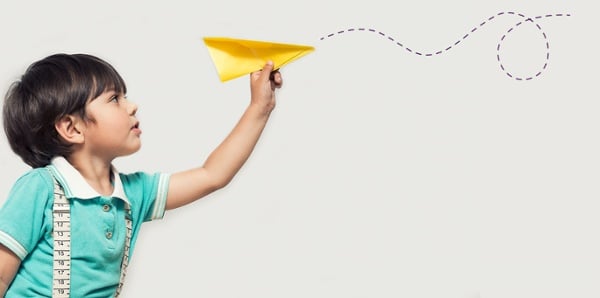CHILDREN'S HOME
CHILD ADVOCACY CENTER
Learn More About Child Sexual Abuse
Abuse occurs in all neighborhoods and communities, regardless of economic class, ethnicity or religion. Unfortunately, only 20 to 40 percent of child sexual abuse is ever reported to authorities.
What is sexual abuse?
Sexual abuse is any sexual activity with a child in which consent cannot be given or is not given. This includes: all sexual contact between an adult and a child; sexual contact between two children if there is a significant difference in age, development or size; and sexual contact with a child that is accomplished by force or threat of force, regardless of the perpetrator’s age.
Sexual abuse can include physical contact (touching the vagina, penis, breasts or buttocks, oral-genital contact or penetration) and non-contact behaviors (exposing the child to pornography, talking in sexually explicit ways to children or inappropriately watching a child undress or use the bathroom). Sexual abuse can occur in person, over the phone or online.
Who are perpetrators?
In over 90% of child sexual abuse cases, perpetrators know the child victim personally. They are family members, teachers, childcare providers, friends or neighbors. These perpetrators gain children’s and caregivers’ trust and have permission to be around the child on a regular basis.
How does abuse happen?
Abuse most often starts with “grooming,” a series of manipulative behaviors that escalate over time. For example, a perpetrator may begin by giving the child extra attention, such as buying them gifts and playing games. Grooming behaviors establish trust between the perpetrator, the child, and the child’s caregivers. This trusting relationship makes it more likely that the abuse will be overlooked, dismissed or kept secret.
Signs That a Child May Be Sexually Abused
Children often disclose abuse through unusual behaviors or changes in behaviors, not words. Because many forms of abuse are not physically evident, adults should recognize certain behavioral cues as signs of potential abuse. Consider the possibility of abuse when a child:
- is hesitant about being alone with a specific adult or child
- has sophisticated or unusual sexual knowledge or behavior
- suddenly refuses to change for or participate in physical activities
- experiences nightmares, trouble sleeping or bed-wetting
- experiences pain when sitting, walking or using the bathroom
- shows signs of depression, anxiety, aggression or suicidal ideation, including cutting and other forms of self-harm
- becomes pregnant or contracts a sexually transmitted infection, particularly if under 14
If you suspect abuse, call the child abuse hotline, 877-244-0864 right away. It is not your responsibility to investigate abuse, interview the child or get all the facts. Just contact the authorities with your suspicion so that children and families get the support and care they need. If a child is in immediate danger, also call 911.

